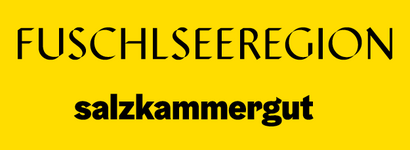Totenbretter
Hof bei Salzburg, Salzburg, Österreich
These are approximately one and a half meter long wooden boards that hang vertically from a tree and are engraved with the names (Barbara Herbst, Johann Herbst), birth and death years, as well as various symbolic signs.
They remind of the deceased from the farming family of Laistbichlgut. What do these death boards mean? Today, they are a tradition, but 200 years ago and further back, they were a necessity at funerals. Since coffins were too expensive at that time, the deceased was wrapped in cloth and tied to a suitable board with cords. During the burial, the board was tilted over the pit, the gravedigger cut the cords with a knife, and the corpse slid - feet first - into the grave. (Even today, the saying "vom Brettl rutschen" recalls this custom.) After the burial, the name along with the birth and death year was carved into the board, adorned with symbolic representations (tree of life, cross, bones of the deceased, sun, moon, stars), and finally hung up in appropriate places (chapels, hay barns, trees, crossroads). Today, death boards (also called corpses boards in some areas) serve, like Marterls, only for remembrance. They can be found exclusively in former Bavarian settlement areas: in Flachgau, in the Tennengauer Salzachtal, and in Mitterpinzgau. They are rarely encountered in Pongau and are unknown in Lungau.5322 Hof bei Salzburg
Phone +43 6229 22 - 66
E-Mail pfarre.hof@pfarre.kirchen.net
Web fuschlsee.salzkammergut.at/die-regi…
http://fuschlsee.salzkammergut.at/die-region/oesterreich/poi/100823/tourismusver
Contact person
Pfarre Hof
Kirchenstraße 5
5322 Hof bei Salzburg
Phone +43 6229 22 - 66
E-Mail pfarre.hof@pfarre.kirchen.net
Web fuschlsee.salzkammergut.at/die-region/oesterreich/poi/100823/tourismusver
Throughout the year
Season
- Spring
- Summer
- Autumn
- Winter
Please get in touch for more information.






